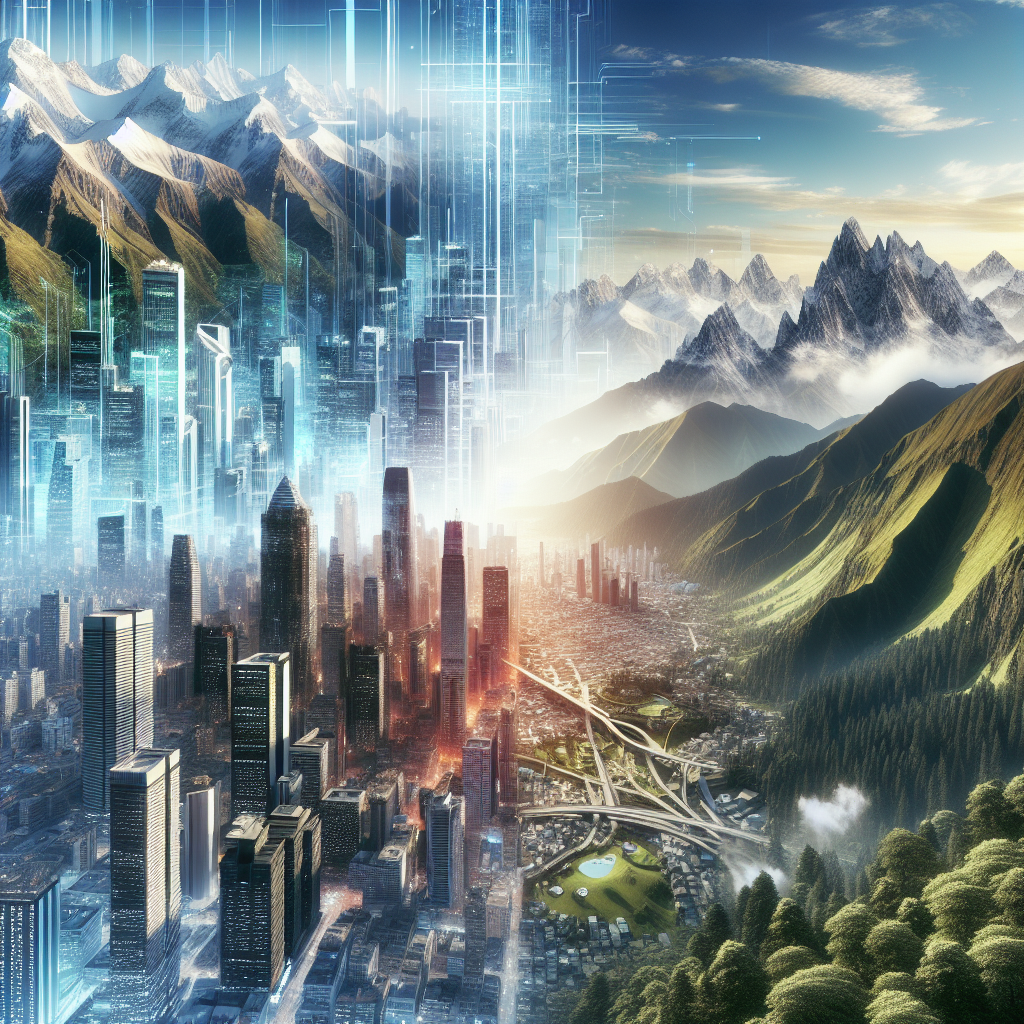Between the clamor of city life and the serene whisper of mountain breezes lies a tale as old as industrialization itself. "The City and the Mountains," penned by José Maria de Eça de Queirós, navigates the intricate dance between modern progress and rustic simplicity. This novel was published posthumously, with the original Portuguese version in 1901 and provides a perspective on the Industrial Revolution's impact on people during the late 19th and early 20th centuries. It's set between the bustling city of Paris and the tranquil mountains of the Portuguese countryside, exploring the dichotomy people face between modernization and tradition.
Eça de Queirós passionately dissected this divide, often reflecting his sharp critique of the rapid urbanization that marked his era. The protagonist, Jacinto, initially basks in the opulence and convenience of city life, with its glittering lights and constant hum. To him, the city is the epitome of advancement, filled with technology and culture that beckon progress — a sentiment many still share today. However, beneath this glamorous facade lurks the inevitable decay of human connection and spiritual fulfillment.
Caught in the gravity of materialism, Jacinto realizes something is amiss when his life loses the very essence that should provide joy and contentment. For many in our generation, the city represents opportunity and excitement, yet we are often lulled into routine, driven by the latest tech or trends, overlooking the real contentment that sometimes lies in simpler pleasures. The story takes a shift as Jacinto moves from Paris to Portugal's mountains, a complete 180 from the city lights and cacophony he once cherished.
The mountains stand for more than just a quiet refuge — they symbolize a return to fundamental human values, where life simplifies to its core aspects of nature, community, and self-discovery. But why does this journey persistently resonate with readers, even today? It's because Jacinto's story mirrors the internal conflict so many face: the struggle between our love for technological conveniences and our yearning for authentic human experiences. This tension is particularly familiar to Gen Z, a generation that grew up with smartphones in hand but is increasingly valuing mental health, environmental sustainability, and authentic relationships.
While some scoff at the call of remote, pastoral getaways, deeming them relics of a bygone era, others find in them a sanctuary that the city fails to offer. The skepticism isn't unfounded. Romanticizing rural life ignores harsh realities like limited access to infrastructure or services that cities naturally provide. Yet, embracing modernity at the expense of personal well-being when cities become the bustling epicenters of stress, pollution, and spiraling living costs, the scale tips.
Jacinto's transformation is not about choosing one over the other but finding a balance. He learns to integrate the efficiency of city life while soaking the virtues of mountain living. As Gen Z navigates its path, the question isn't simply where to live, but how to forge lives we find fulfilling, meaningful, and sustainable.
The novel reflects the artistically liberal spirit of its time, embracing modern elements while critically observing their impact. This is comparable to today's world, where emerging technologies redefine our lifestyles and cultures morph continuously. Yet, there remains the underlying call for maintaining connections that nurture our souls more than our screens.
Considering the urban versus rural debate from a liberal standpoint involves acknowledging the multiple facets of human existence beyond economic or technological parameters. These settings have sociopolitical, environmental, and cultural dimensions that shape how societies operate. Urban areas often foster liberal ideological growth, encouraging diversity and change. However, there's empathy required towards rural and mountainous regions that hold environmental significance and cultural heritage. Rather than dismiss either in a binary fashion, understanding their mutual dependence is crucial.
Navigating this complex relationship means weighing the advantages and shortcomings of our environments. For instance, urban areas offer diversity in experiences, ideas, and cultures, fostering innovation and change. Rural settings offer invaluable lessons on sustainable living within natural boundaries. These are not mutually exclusive but rather different ingredients in the tapestry of life we constantly weave.
"The City and the Mountains" doesn't preach either to embrace or renounce modernity. It invites readers to reflect on life choices concerning personal authenticity and societal roles. While city sprawl continues and mountains continue to form the backdrop for rural dreams, the conversation remains relevant.
Eça de Queirós's novel was more than an escape to the mountains; it was an introspection into what truly enhances human existence. Our generation might find solace in digital forests, synthetic peaks, or artificial reality. Still, it might be worth contemplating that authenticity often lurks in the untouched, unrefined corners of our planet, waiting to be discovered not by the latest gadget, but by patient exploration with human touch and spirit.

